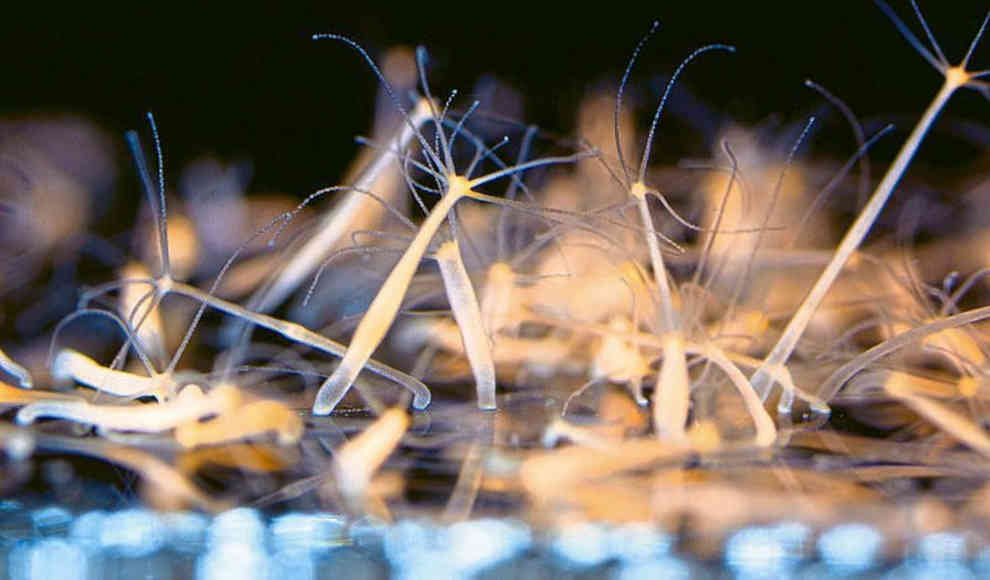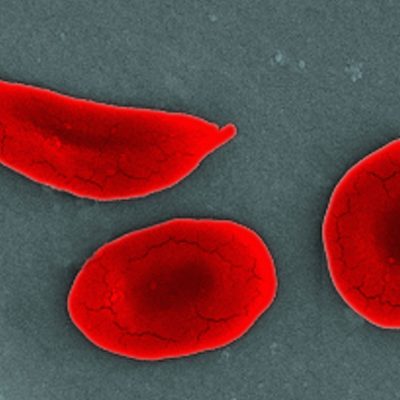The Hydra, a freshwater animal from the cnidarian family, has been found to possess three stem cell populations that allow it to regenerate and age at a much slower rate than other animals. Scientists from the University of California have discovered that these stem cells are responsible for the Hydra’s remarkable regenerative abilities, which allow it to rebuild its entire nervous system and body within days of being split in half. The study, which was published in the journal Science, used a new research approach to identify the genes that control the Hydra’s stem cells and their ability to regenerate.
The Hydra has been living on Earth for over 600 million years and is named after the mythical creature with multiple heads that could regenerate after being cut off. The real-life Hydra has similar regenerative abilities, which have fascinated scientists for years. The recent study by the University of California has shed new light on the Hydra’s stem cells and their role in its remarkable regenerative abilities. The researchers found that the Hydra has three stem cell populations that constantly renew their cells throughout the animal’s life.
The newly discovered genes, called transcriptomes, allow the Hydra to create different types of cells and tissues from its three separate stem cell lines. For example, the interstitial stem cells can create nerve cells, gland cells, and tentacle cells. The researchers also identified genes that control which cells and tissues are created by the three stem cell lines. The findings of this study could have significant implications for the treatment of neurodegenerative diseases in humans. However, it is still unclear whether the results can be applied to humans due to the simpler structure of the Hydra.










